If you follow me on mastodon you may have noticed a higher than normal number of posts, boosts and the like, many of them dealing with train travel in Europe.
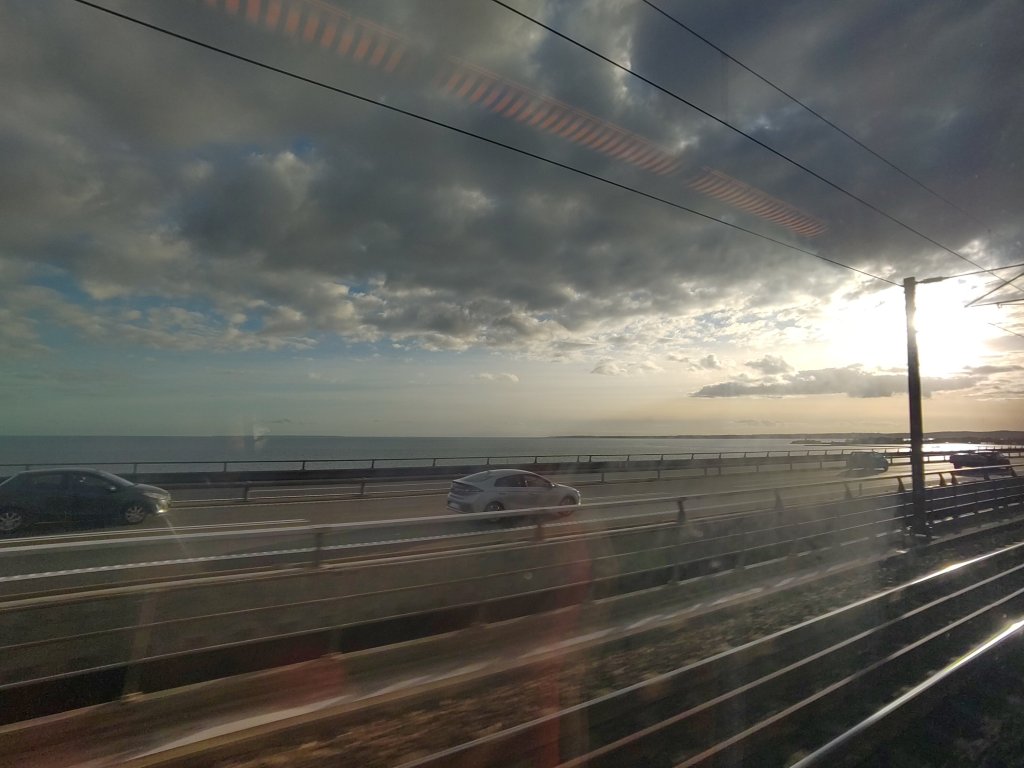
It is annual meeting season and that means the Horizon Europe projects I’m involved in (PolarRES, PROTECT, OCEAN:ICE) are gathering together somewhere more or less central (this year the Netherlands is popular) and discussing, presenting and planning with consortia members is going full speed ahead. After the pandemic when projects started online only or were written entirely via online meetings, even involving people who had never met each other, it’s clearly past time to come together in-person and discuss the newest findings.
I am involved in many different projects in varying roles (work package lead, project scientist, project coordinator). I find these meetings are incredibly stimulating and challenging. They help to get the scientific creativity going, to make new connections and meet new researchers, often early career scientists with new ideas and new techniques. Often this is an opportunity to see results that will not appear in the literature for months or years, as well as being an opportunity for planning new work.
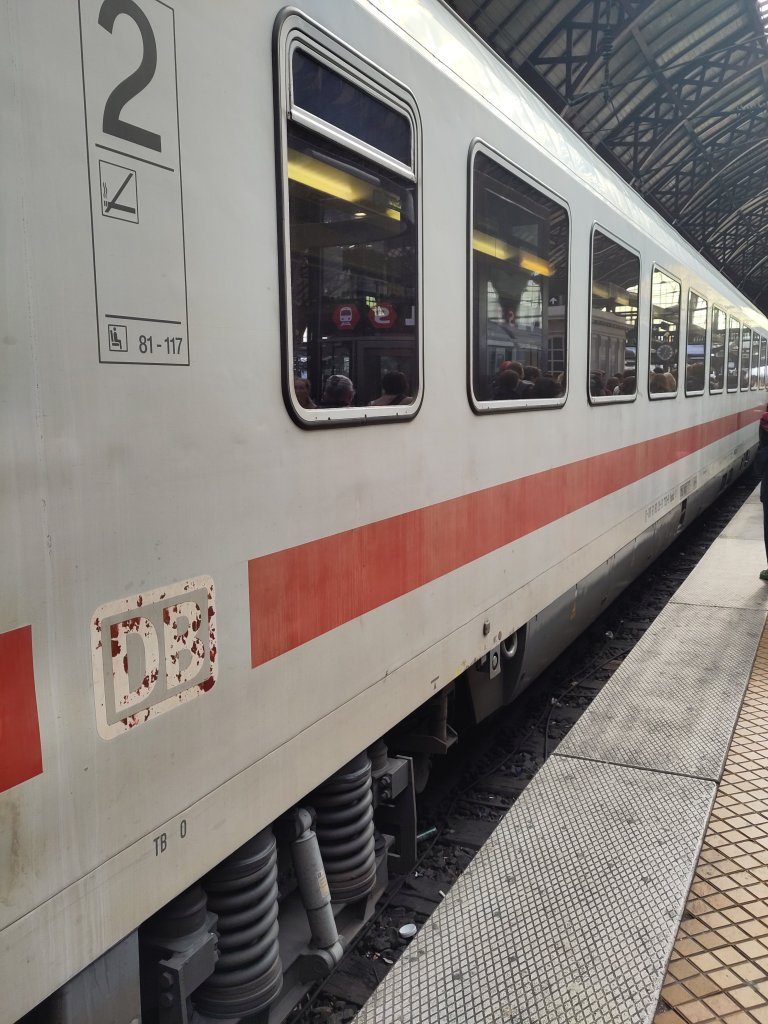
They’re also exhausting, often starting 8.30am and nominally finishing at 6pm but with many delegates in the same hotels and meeting over breakfast, not to mention late into the evening discussions over dinner, the days are long and non-stop.
I suspect it is much worse for those who do not have English as a first language. My Danish is fairly fluent these days, but I know how tiring it is to speak a foreign language all day. At the end all you want to do is crawl away to a dark room with no sensory stimulation at all..
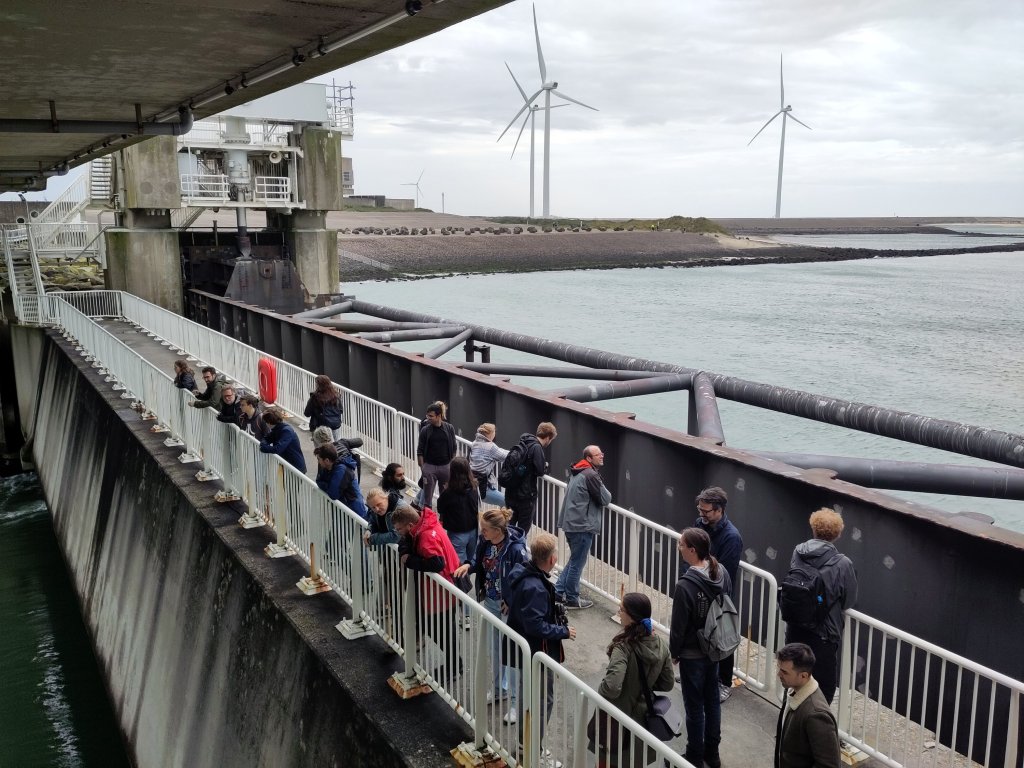
This year, as in other years, I’m trying to do as much travelling as possible by train. It’s actually a nice way to travel to meetings, with plenty of time and space to get work done while travelling.
Far more pleasant than flying, with more legroom, space to move about and without the ridiculous security queues. I use my time to prepare presentations for the meeting and reflect and follow up from them on the way home as well as to (try) to keep my inbox under control..
(I have notably failed at this task this year, but on the up side I’ve drafted or contributed to 3 different papers, which I think/hope will endure a bit longer than my emails.)
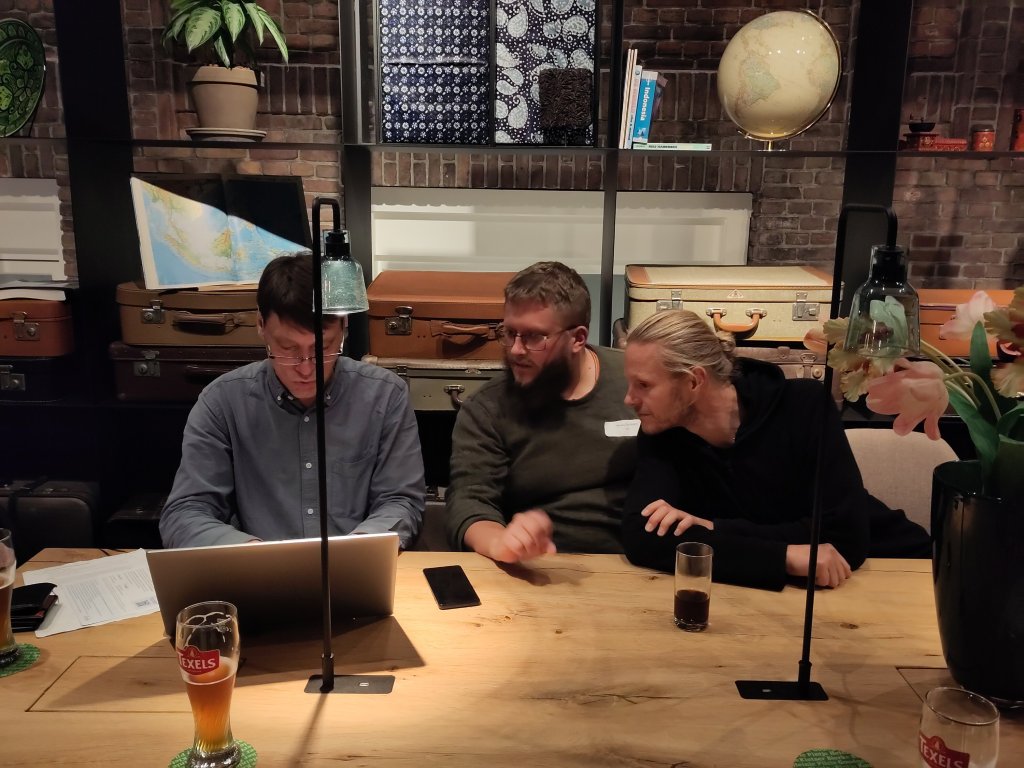
The Deutsche Bahn trains are particularly pleasant, especially the ICE including buffet cars, excellent food and nice spacious train seats with good WiFi. The TGV was by comparison a little disappointing in terms of comfort but a nice smooth ride. Let’s not get into a discussion on punctuality..
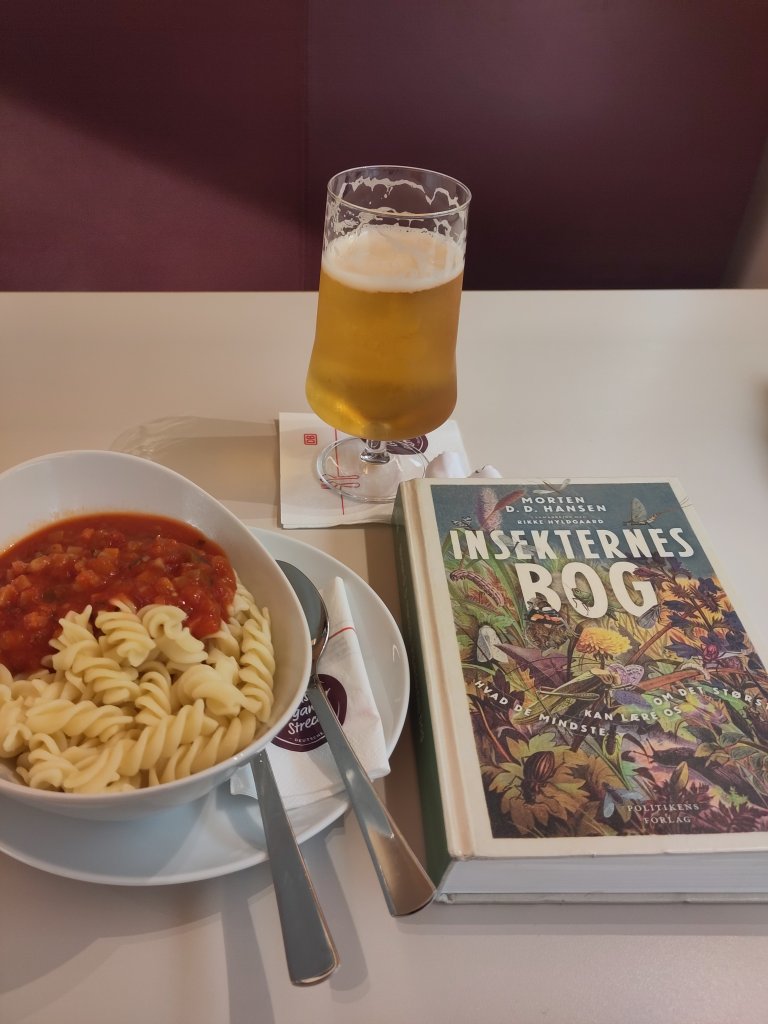
Train tickets can be surprisingly economical compared to flying, though usually the plane wins on money and time alone. My current trip from Copenhagen cost a mere 18 euros to get to Hamburg and the sleeper train connection to (near) Paris actually saves money as a berth turns out to be far less than the Paris hotel room I otherwise would have stayed in.
It is, however, aggravating how few sleeper connections there are between major European cities. Surely a connection to Brussels at least if not also Amsterdam makes sense? Props to the Austrian railways for keeping the sleepers alive at all in northern Europe.
There is a toll on family life from flying less. Although my family is growing more independent, the series of meetings have not made me popular at home, and probably rightly so. Travelling by train even to somewhere relatively close like the Netherlands or Paris easily adds a day either side. Letting the train take the strain turns out to also lead to strain on partners and children. In this I have to more than acknowledge my husband who is taking on far more than his fair share this month and who is also extremely supportive when it comes to the extra time.
I imagine not all employers are as tolerant of the extra day on either side travelling either, though as I said, it’s often quite productive, without meetings and office interruptions. Certainly, most of the other scientists have travelled by train from London, Vienna, Grenoble and even Kyiv.
A sleeper connection from city centre to centre would make all these links much more bearable from both points of view.
Even the few remaining sleepers leave only from Hamburg, not Copenhagen. That means a 4.5 hour (on a good day, it can be up to 6 hours on a slow train) each way connection to Copenhagen to factor in. Though, I should give an honourable mention to the Snälltaget, whose Stockholm- Copenhagen -Hamburg -Berlin service has been so popular it is now a year round service after being a temporary summer trial.
Don’t get me wrong, I quite like Hamburg, it is, if not charming, certainly culturally vibrant and a melting pot to rival London (let’s not forget it’s where the Beatles learnt their trade) and there is some excellent food and drink at the station. I’m practically at the Syrian mezze kitchen (seriously, check it out next time you’re passing through). However, it is also a gigantic bottleneck on the railway network and I’ve learned the hard way to allow at least an hour connection time and preferably more ..
Then there is the whole hassle of booking tickets and finding connections. Which is not to be underestimated. As a committed train traveller, I’m pretty good at it now, but it takes a lot of practice and as Jon Worth has eloquently pointed out, particularly when transferring internationally, some rail companies take a perverse delight in senseless connection times..
This is why I am a huge supporter of the Trains for Europe #CrossBorderRail initiative. If we want to reduce flying. And let’s be frank. We MUST, there is no way around it if we want to keep carbon out the atmosphere, then making it easy to replace planes with trains and buses (comfy, long distance ones and where possible electrified) is going to be essential.
And harmonising timetables, tickets and booking across Europe could be the kind of boring stuff that turns out to usher in a kind of quiet revolution in transport…
For now, I’m starting out on my last trip for a while, to Paris to meet OCEAN:ICE collaborators collaborators. Next year, after our historic hundred- year event storm flood last weekend , I will offer to host it in Copenhagen, so another group of cryosphere and ocean scientists can visit the frontline in the consequences of sea level rise.
I hope they will be able to take the train.

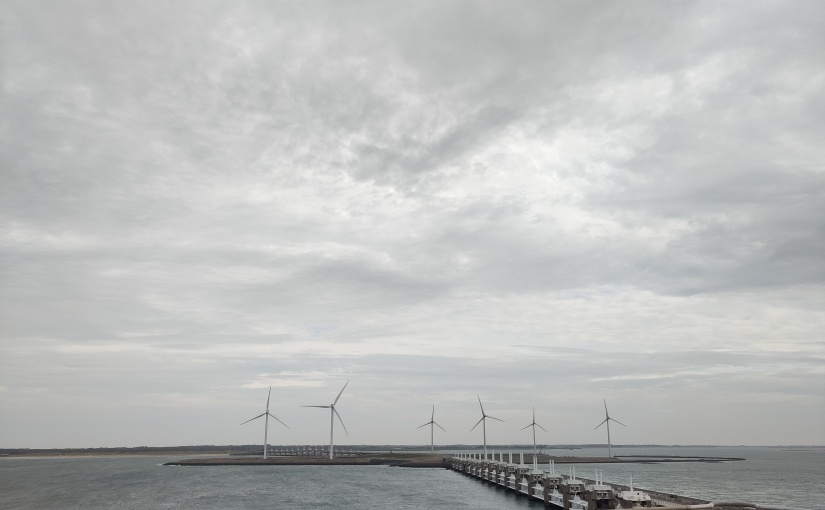
Gosh, Ruth – really pushed the boat out here! Many good points on the also-being-a-human-being front! Yes, trains ought to be a good, and better, alternative to airplanes. Why aren’t they (yet)?
LikeLiked by 1 person
Good question, nobody is really motivated to make them so, I suppose?
LikeLike